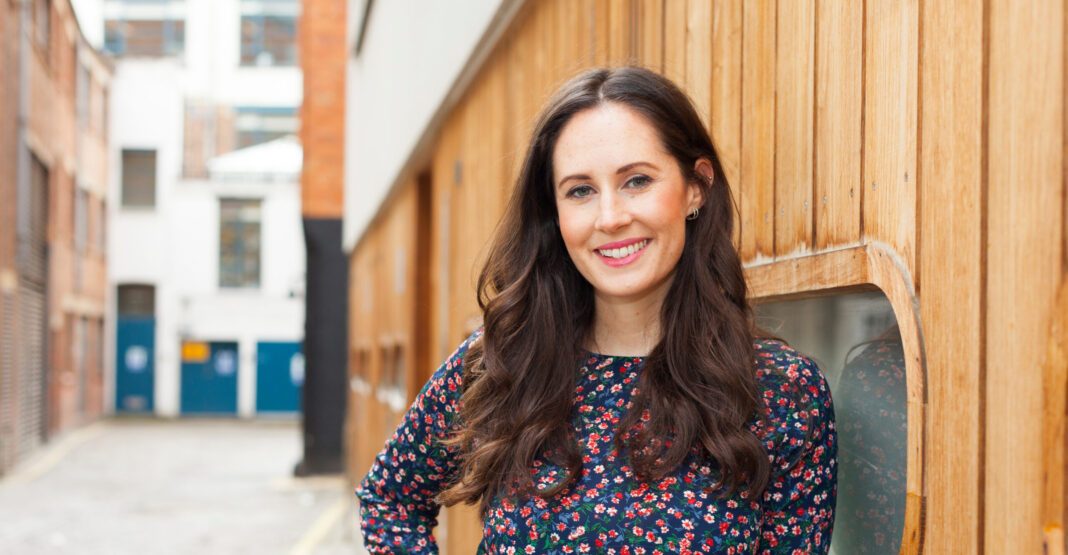In the narrative surrounding Topshop’s collapse and buyout by ASOS, the focus has been on their inability to compete against online fast fashion brands like Boohoo and Pretty Little thing.
Topshop gave no indication that they were ever serious about taking the fight online. They saw themselves as an established, premium high street brand. Their stock refreshes were slow and pricing not competitive, meaning the Gen Z shopper left them behind.

The high street is still a key piece in the retail puzzle, but data shows that consumer expectations of the bricks and mortar store have changed from a product showroom to an experience hub. In a study on the future of retail commissioned by Westfield last year, ‘upside down retail’ was identified as a trend where “more than half of retail square meterage will be dedicated to experiences rather than product.”
Topshop’s Oxford Street store was a true flagship; large, engaging and filled with headline-grabbing experiential activations visible in the shop windows, enticing passing customers instore.
In 2014, Topshop was one of the first brands to broadcast their Fashion Week show to customers in-store via VR headsets. In 2017, they used VR technology for ‘Splash,’ a VR waterslide experience that took people on a wacky journey through Oxford Circus.
Leveraging the popularity of ‘Stranger Things’, Topshop produced a line of branded clothing, premiered new episodes instore and used actors to re-enact popular scenes in their window displays. They even went experimental with TSTM x CarWash, a multi-sensory retail experience that encouraged customers to “snap, share and play.” This paid off, as visual director Tim Whitmore confirmed at the time that weekly sales increased 14% alongside the launch.
Where the brand went wrong was focusing exclusively on the Oxford Street store and neglecting the rest of their retail estate, missing a chance to build relationships with customers on high streets nationwide.
Offering experiences at scale is no mean feat of course. Brands must prioritise the experiential channel and integrate it into their quarterly planning. By carving out a space within the retail footprint for experiences, it becomes a part of the store planogram and can be refreshed alongside new seasonal collections.
Emerging technology like VR and AR can similarly be expensive to invest in as a one-off activity, but where it comes into its own is at scale. A simple in-store display can come to life via AR interactive animation viewed through customers’ own phones, while VR can transport customers to immersive worlds created by the brand.
A high-street led model can still work. The data shows that consumer demand is there, as “59% of shoppers expect the majority of retail space to be dedicated to offering up experiences by 2025.”
Topshop certainly showed glimpses of realigning their offering for the modern consumer. They were early adopters of experiential retail techniques to engage customers, but ultimately their focus was too narrow and they could never deliver experiential retail at scale to the wider retail estate beyond their flagship store. By failing to engage customers nationwide, they were dragged into the online battle, where their business model couldn’t keep up with emerging competitors, including ASOS who in a twist of fate purchased Topshop, along with Topman and Miss Selfridge, as an online-only brand.






